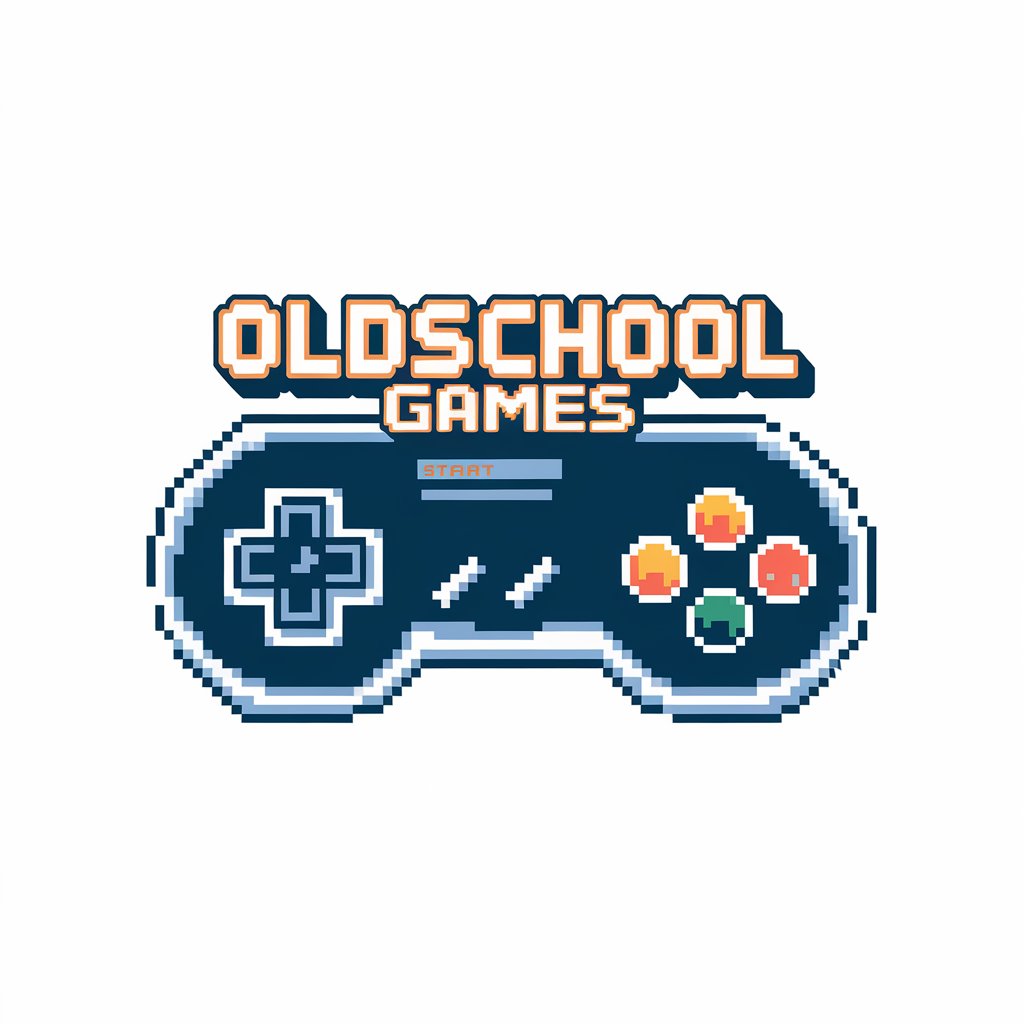Nvidia has announced a huge raft of changes and improvements to their GeForce Now cloud gaming service as part of their Gamescom 2025 announcements, but it’s actually one of the smallest sections that has me most excited.
As part of their extensive press release covering exciting updates such as RTX 5080 power for GeForce Now Ultimate subscribers and the ability to play games at up to 5K2K 120fps on supported screens, one of the footnotes near the bottom mentions the following:
Support for popular peripherals also grows, with native support for many Logitech racing wheels offering the lowest-latency, most responsive driving experiences.
That’s right, folks – GeForce Now now has native support for Logitech G29 and G920 racing wheels for playing the service’s selection of sim racing titles, granting important force feedback and more analogue controls versus a mouse-and-keyboard setup or even a controller. Indeed, this has been quite the popular request on forums for a number of years, so it’s pleasant to see Nvidia respond.
At a recent Gamescom event, deputy tech editor Will and I had the chance to go hands-on with a demo rig Nvidia had set up (pictured above) using a budget Logitech G920 wheel on a proper cockpit playing arcade racer The Crew Motorfest. It perhaps wasn’t the most hardcore sim racing setup in terms of game or gear, but it was still an effetive demo that proved out the concept.
I didn’t have any issues with the gameplay experience, in terms of stutters or input latency, and was largely impressed by what’s become possible with the cloud gaming space. Of course, with the venue in Cologne offering gigabit speeds to a regional data centre, it’s easy to see this as a best-case scenario that will have to be borne out in real-world testing on less capacious connections. The main thing was that the game’s force feedback was present and correct, whether I was drifting around roundabouts, running up the highway, or crashing off-road. Having used the G29 and G920 for several years at home, the cloud version didn’t feel any different.
The big thing for me is that it involved no computational power from the host device itself – in this instance, it was some form of small Minisforum mini PC, but Nvidia also had games running natively on LG TVs (4K 120fps with HDR is now accessible on 2025/2026 LG TVs with the new GeForce Now update) or off an M4 Mac Mini. Theoretically, this means all you need is a wheel, some kind of computer or device with support for the wheel, and a GeForce Now subscription, and you can be up and running – no need for a dedicated gaming or living room PC.
Of course, that is the whole point of cloud gaming, but it adds another string to your bow if you’re a current GeForce Now subscriber and you’ve felt the lack of a proper racing experience has been a sore miss. In addition, if you’ve already got a Logitech wheel from years ago and you want to jump into sim racing without the faff of a PC and such, then you can pay the subscription, and away you go.
An Nvidia representative told me that the technical difficulty was passing through effects such as force feedback in respective games over the cloud, while the reason they chose Logitech peripherals initially was due to the convenience of their G Hub software in part, which is running in a compatibility layer of sorts to get the wheels to work. They also chose Logitech because of the wide range of wheels they do, with the G29 and G920 being the only supported models at present, with more wheels to be supported in the future.
Before I go, I’ll provide a quick rundown of the other key additions for GeForce Now:
- Implementation of Blackwell architecture – RTX 5080 is now the ‘Ultimate’ tier, bringing DLSS 4 MFG and so on, plus streaming at up to 5K 120fps.
- ‘Cinematic Quality’ mode for better extraction of fine detail in areas where the encoder would previously struggle.
- More devices supported with native apps, including Steam Deck OLED at 90fps (to match the refresh rate), plus some 2025+ LG TVs at 4K/120fps.
- Support for 1080p/360fps and 1440p/240fps streams for competitive esports title, involving Nvidia Reflex and sub 30ms response times. (We saw 17ms figures in Overwatch 2, for example.)
- A GeForce Now installation of Fortnite integrated into the Discord app, providing a limited-time trial of GeForce Now’s 1440p ‘Performance’ tier, requiring only connection between an Epic Games and Discord account.
- ‘Install to Play’ feature in GeForce Now app, which more than doubles the playable titles to some 4500, giving access to over 2,000 installable games through Steam alongside Nvidia’s fully-tested ‘Ready to Play’ games. Installs must be repeated each session, unless you pay for persistent storage in 100GB+ increments.
It’ll be fascinating to see whether Nvidia continues to expand their peripheral support over time, as I’m sure flight sim fans could also benefit from a cloud-streamed version – especially with the CPU and GPU requirements that Flight Sim 2020 and 2024 entail.





